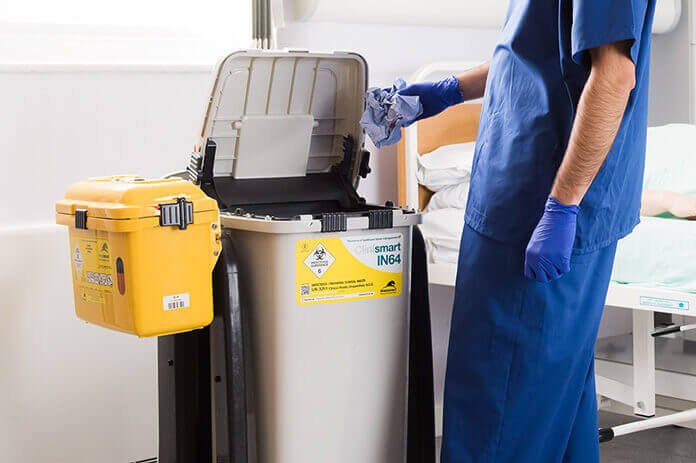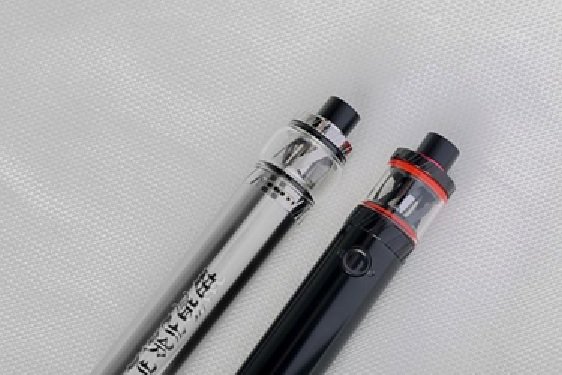Healthcare waste management is a complex process, but it’s an important one if you want to keep your facility clean and safe. You need to know how to manage sharps, biohazardous waste, clinical waste, pharmaceuticals and other materials, or else they’ll start piling up and causing problems. Here’s an outline of the steps that go into managing healthcare waste:
Segregation
Segregation is the process of separating the waste into different types and categories. This can be a time-consuming task, but it’s important because it reduces the amount of work needed to dispose of each type of waste. For example, if you have to throw away a broken vase, but you also have several broken glass bottles in your trash can, then they’ll all need to go out together—and that’s just one item! By segregating your recycling and composting from your regular garbage and organic matter (biological), you’ll find that everything goes out more quickly and easily.
Containment
Containers come in all shapes, sizes, and materials. It’s important to choose a container that best suits your needs. For example, if you anticipate large amounts of waste disposal each week or month—like from a daycare center—you might want to consider using a larger container with wheels, so it is easier to move around.
If you buy new bins for healthcare waste containment, ensure they have been tested by an accredited facility such as UL Environment™ (formerly known as Underwriters Laboratories). This ensures that the containers are safe for use with biomedical waste. It also ensures that any labels on the bins are correctly applied and can be read by employees who may need their contents explained or identified quickly in case of an emergency situation such as fire or flood damage due to plumbing backups caused by frozen pipes during winter months when temperatures dip below freezing outside.
Storage and accumulation
Once a healthcare facility has determined the amount of waste generated, it is important to ensure that it is properly stored and accumulated. The accumulation of clinical waste must be in accordance with local regulations, which may include minimum distance requirements from water bodies or other sensitive areas.
It’s also important that the storage area for clinical waste be secured against unauthorized entry, such as by having an alarm system or video surveillance; this helps ensure that only authorized employees can access these areas. Access should also be limited to staff who need access for their job responsibilities (for example, maintenance workers who need to enter a storage area where hazardous materials are stored).
The storage area should be free from contamination sources such as animals and insects, as well as other hazards such as sharp objects (e.g., syringes), chemicals (e.g., disinfectants), and combustible materials (e.g., paper products containing ignition sources).
Transportation
After you have your materials ready for disposal, you can transport them to the nearest waste collection point in a vehicle that is designed to carry them. Make sure that the waste is properly sealed and leak-proof so that no liquid or solid material can leak out during transportation. Also, make sure that it’s kept separate from other goods so as not to contaminate any other items in case of an accident.
Conclusion
Healthcare waste management is a complex and necessary process that must be taken seriously in order to ensure maximum safety for patients, staff and the environment. With these tips and guidelines, you can effectively manage all your healthcare waste needs.



